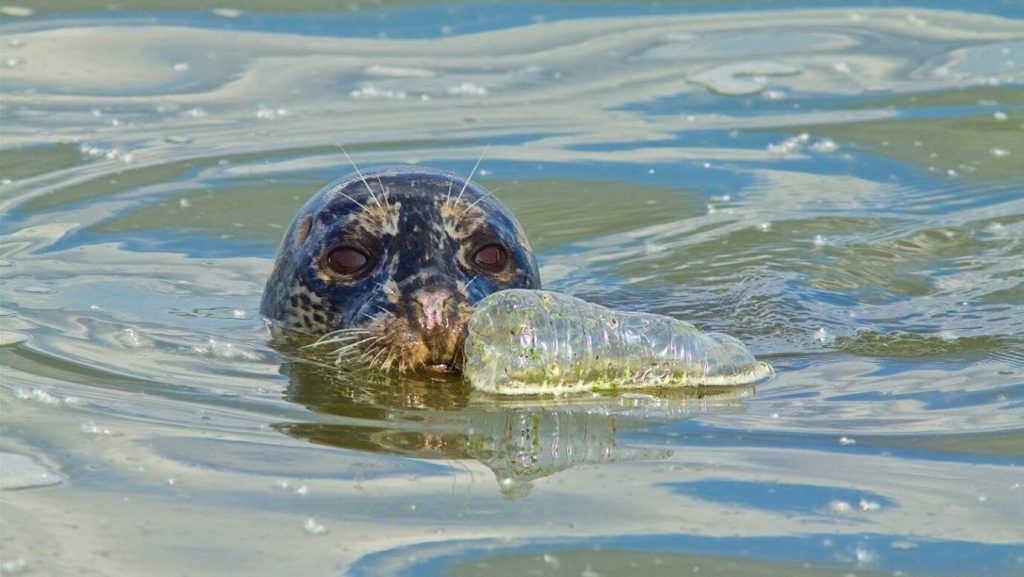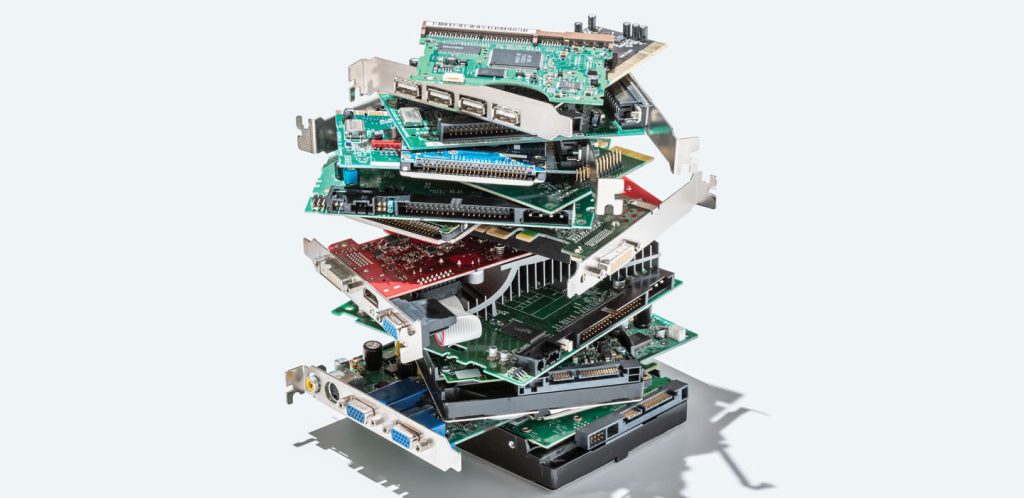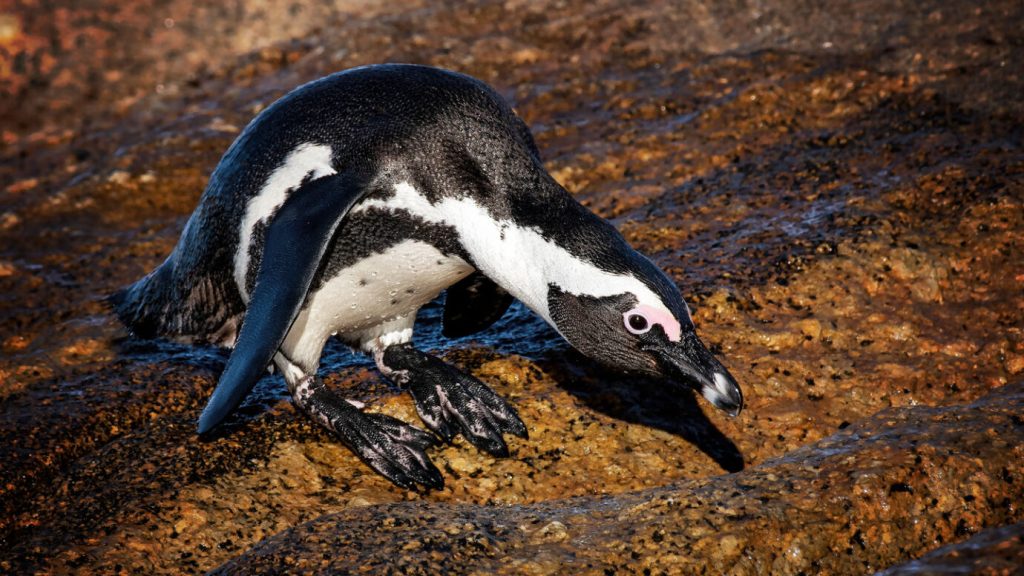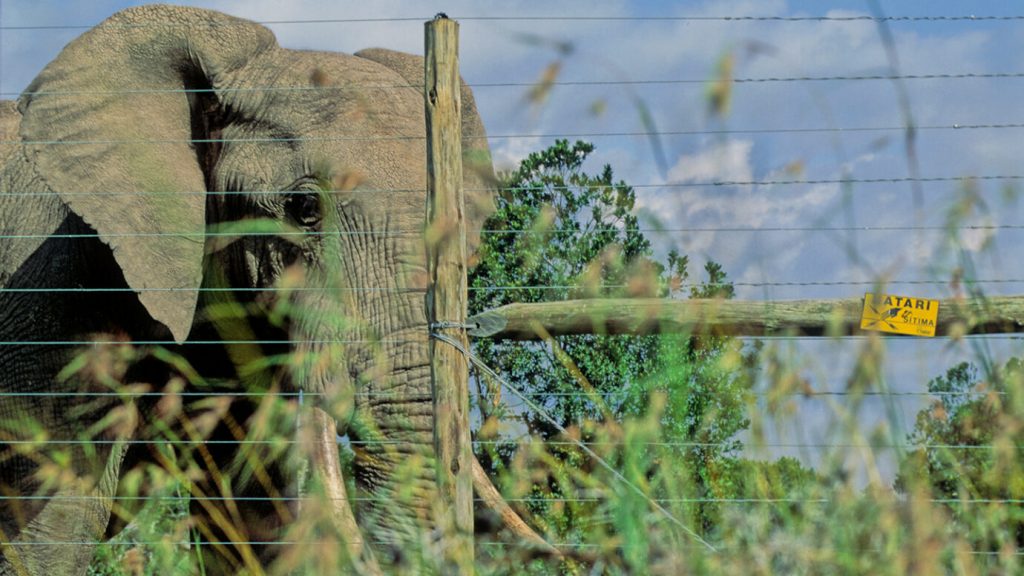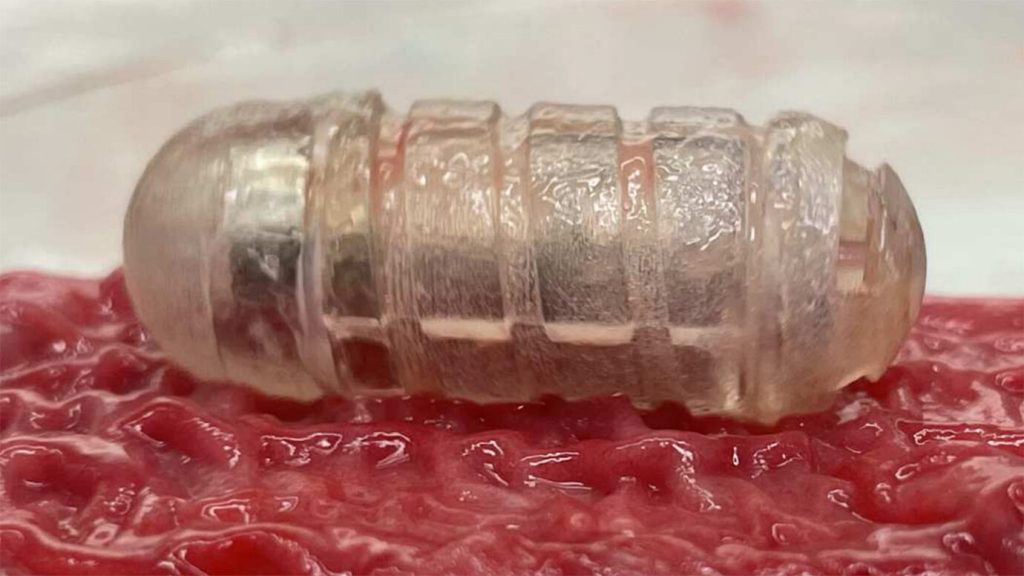Trauma distorts our sense of time and self. A new therapy might help
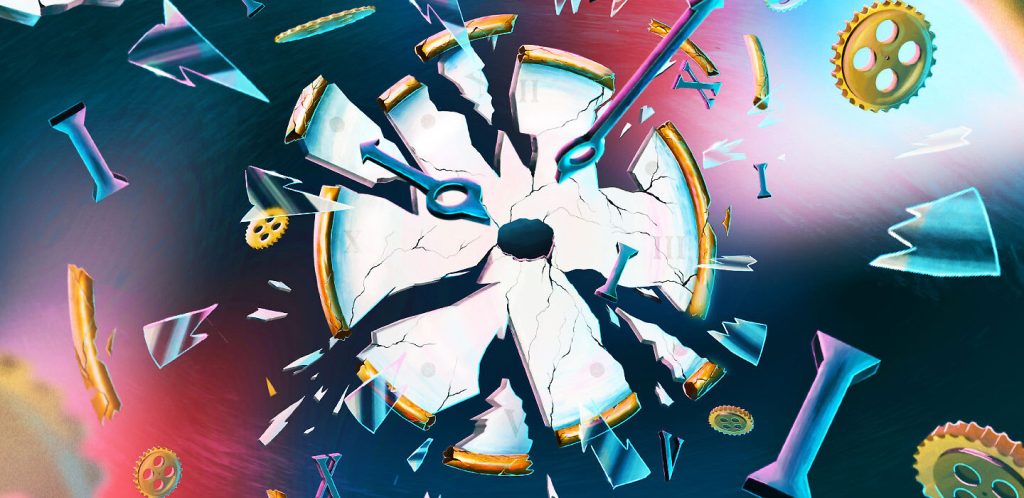
Trish Tran narrates her life in staccato notes.
“I remember carrying my little sister on my back because she’s too tired and walking through the huge sunflower fields … and me feeling so tired I didn’t think I could walk another step.”
“I remember being in a taxi with my mother, coming back to the man who had been violently abusive to all of us…. Her words to me were, ‘Just trust me, Trish. Just trust me.’ ”
“I’m waiting at a train station … to meet my mother who I haven’t seen in many years…. Hours pass and eventually I try to call her … and she says to me, ‘I’m sorry, Trish. My neighbor was upset, and I needed to stay back with them.’ And her voice was slurring quite a lot, so I knew she had been drinking.”
Tran, who lives in Perth, Australia, is dispassionate as she describes a difficult childhood. Her account lacks what are generally considered classic signs of trauma: She makes no mention of flashbacks, appears to have a generally positive outlook and speaks with relative ease about distressing events. Yet she narrates her life growing up and living in the Australian Outback as a series of disconnected events; her life story lacks connective glue.
Two photos of Trish Tran. On the left is a black and white family photo with Tran as a small child sitting on her fathers lap while to their right her mother holds a baby and her three siblings stand. The photo on the right is Tran as an adult holding a microphone and smiling.
That disjointed style is not how people, at least people in the West, tend to talk about themselves, says psychologist Christin Camia. Autobiographical accounts, like any good narrative, typically contain a curation of key past experiences, transitions linking those experiences and larger arcs about where life is headed. People use these stories to make sense of their lives, says Camia, of Zayed University’s Abu Dhabi campus in the United Arab Emirates.
But a growing body of evidence from fields as wide-ranging as psychology, neuroscience, linguistics, philosophy and literary studies suggests that, as with Tran, trauma can shatter the narrative coherence of one’s life. People lose the plot.
Life’s crises can trigger an existential crisis, Camia says. People think: “I don’t know who I am, and I don’t know where I go from here.”
One therapy now in testing aims to re-tether traumatized individuals to their mental timelines, or their sense of themselves as connected across past, present and future. The therapy focuses on the future, which once rife with possibilities now appears as a void. It asks: What would it take for someone like Tran, or anyone traumatized by war, abuse, mass shootings, the ongoing pandemic and other calamities, to flip their life script, to say that they know who they are and where they go from here?
People maintain a sense of self across time
In a nod to an established research approach, I have asked Tran to tell me her story in two parts. First, she should narrate seven snapshots of key moments in her life. Second, Tran, who is a lecturer on mental health recovery at Curtin University in Perth, should stitch those snapshots together to tell me how she became who she is today.
The first task comes easy. The second task eludes her. She switches to generalities. “I’ve always been a highly reflective person,” she says. “I’ve had to rely on my brains to keep myself and my family alive.”
I try to nudge her toward specifics, but her timeline disintegrates. She repeatedly attempted suicide. Her mother brought home many violent men.
The developer of this two-question approach, psychologist Tilmann Habermas, wasn’t focused on people who had experienced trauma. Habermas, now at Goethe University Frankfurt, wanted to understand how adolescents develop a narrative identity and then sustain that sense of self over time.
In 2003, Habermas launched a study that would follow participants for up to 16 years. Participants came into the lab every four years and dictated their life story in roughly 20-minute increments, using the two-task format I tried with Tran. Habermas analyzed the resulting transcripts line by line, coding them for emotion, tense, transitions and other features.
With few psychologists at the time studying autobiography as a window into the mind, Habermas turned to theorists from other fields for guidance. “After I read psychology, I read narratology, literary theory, linguistics, social linguistics,” he says. “I had to steal … all these concepts from the other areas.”
One of Habermas’ questions was how people retain their sense of self in the face of life’s many disturbances, such as divorce, illness, job loss or moving to a new location.
Philosophers have been puzzling over this question for millennia. “Your body has changed. Your experiences have changed. Your knowledge has changed. And yet, people generally think of themselves as being the same person … in the past and future,” says psychologist Yosef Sokol of Touro University in New York City. “That’s a hard problem.”
This general belief in self-continuity appears universal, even though how it is constructed may differ across cultures.
In the third wave of Habermas’ long-term study, when 150 participants were ages 16, 20, 28, 44 and 69, Habermas and Camia, who joined Habermas’ lab in 2009, also analyzed the transcripts for a type of thinking called autobiographical reasoning. This reasoning links the self across space and time.
“Autobiographical reasoning is this conscious reflection. How did my past impact me? How did I become the person I am today, and what does it mean for my future?” Camia says. Such reasoning tends to stem from change, she adds. “If there is perfect stability in life, you don’t do a lot of autobiographical reasoning … it’s the changes and the crises that compel meaning-making.”
The researchers divvied such reasoning into eight categories, such as turning points, lessons learned, generalized insights and using an event to explain a change in personality.
Participants also filled out two surveys. One survey summed up the number of big life changes experienced over the previous four years. The other gauged self-continuity, with participants rating the truth of statements such as, “When I look at pictures of myself four years back, it feels a little unfamiliar” and “I have the feeling that at the core I am the same person I was four years ago.”
Researchers then compared the three variables: autobiographical reasoning, levels of life change and sense of self-continuity. As expected, levels of autobiographical reasoning showed no discernible pattern among participants who experienced few changes in life, the team reported in 2015 in Memory.
But when the researchers zoomed in on the quarter of participants reporting the greatest level of change, more autobiographical reasoning came with higher levels of self-continuity. “Constructing continuity in the life story buffers against the effect of change in your life,” Habermas says. Other teams have made similar findings.
Most disruptions, however, do not rise to the level of trauma — such as that experienced by Tran. Several years later, Camia would study how traumatic events, notably being forced to flee one’s home and the resulting isolation and bereavement, affect people’s sense of self.
Trauma messes with our sense of time
“What does war change first? One’s sense of time, one’s sense of space,” said Ukrainian writer Serhiy Zhadan in an October speech translated to English in the online magazine LitHub.
Zhadan speaks from experience. But the idea that trauma disrupts time perception is also borne out by research. Researchers have found that emotions frequently dictate whether we experience time as passing fast or slow. And traumatic events, which come with intense emotions, can cause people to experience time in slow motion, researchers reported in 2012 in Frontiers in Psychology.
During a car accident, for instance, a person’s whole body is ready to act, says Marc Wittmann, a psychologist with the Institute for Frontier Areas of Psychology and Mental Health in Freiburg, Germany. “Your inner workings, your processing, is speeded up. Relative to that, your outside slows down.”
What’s more, says health psychologist Alison Holman of the University of California, Irvine, in that moment or moments of crisis, you do not think about the past or future. All that matters is survival.
Zhadan speaks directly to this idea in his speech: “People in a war-torn space try not to plan for the future or think too much about what the world will be like tomorrow. What’s happening to you here and now is all that matters, just the people and things that will be with you tomorrow morning — tops. That’s if you survive and wake up.”
That narrow focus can wreak havoc on mental health. “[When] that present moment is so intense that it sears into your mind … it may set up the likelihood that you will have a hard time moving past it,” Holman says. “The past never passes.”
Such breakdowns in time can show up in language, particularly among those most severely affected by trauma. For instance, Habermas and his team compared the speech patterns of 14 women diagnosed with post-traumatic stress disorder following a singular shocking event, such as physical or sexual abuse, and 14 women without such a diagnosis. The women with PTSD used more immersive language. They quoted people directly and spoke of the past as if it was ongoing, says Habermas, who reported the findings in 2014. “Instead of saying, ‘He hit me,’ they would say, ‘He hits me.’ ”
This immersive language dominates Tran’s narration. She is “carrying” her little sister. Her mother is “coming” back to the violent man. She is “walking many kilometers to school in the rain and then opening up my newspaper-wrapped wet and warm tomato sandwiches. They’re so wet, but I’m so hungry that I know I have to eat them otherwise I’ll never make the walk back.”
And always there, her mother’s voice: “Just trust me, Trish. Just trust me.”
“I don’t think I will ever forget those words,” Tran says.
Traumatized people can lose their life story
Tran remembers her mother’s words exactly, but other details of the abuse she experienced as a child are fuzzier. That’s common among people who experience trauma. People with trauma “have both an excess and depletion of memory,” says cognitive neuroscientist Elisa Ciaramelli of the University of Bologna in Italy.
How memory changes among trauma survivors remains controversial, write the authors of a 2021 opinion piece in Frontiers in Psychology. But mounting evidence suggests that people tend to remember stressful memories in detail. As the mind fixates on those traumatic memories, memories unrelated to the trauma seem to fade, while new memories fail to register.
For example, when asked to describe memories associated with a specific word, such as “beach,” people who do not have PTSD offer detailed reports, describing what they were wearing, what they said and who they were with, Ciaramelli says. People who have PTSD, on the other hand, typically provide general memories with little color.
Other memories can’t find a foothold. In one study, researchers asked 52 participants — 26 people with PTSD and 26 people who had experienced trauma but not developed PTSD — to keep a diary recording their memories over the course of a week. Participants also responded to questions about the memory, such as whether or not it related to their trauma, how central it was to their current life and how far away in time the memory felt.
Participants without PTSD recorded an average of 21.4 memories across the week while participants with PTSD recorded an average of just 11 memories, the team reported in 2017 in Clinical Psychological Science. The PTSD participants had more trauma-related memories than the non-PTSD group.
Tran recognizes this paucity of detail in her own life story. “My memories are lightbulb memories,” she says. “They are always attached to significant events like trauma or happy times. I may have 57 years of life, but you could truncate them into a chapter.”
Everyone’s memory has imprecision of course. That imprecision allows us to cut extraneous details and make sense of our story. The traumatized person’s relative lack of memories, though, both in clarity and quantity, means they struggle to construct a cohesive narrative of their past and to envision themselves moving forward.
“Ten years ago, people have found that the same brain regions that are activated and are necessary for remembering the past are also necessary to imagine the future,” Ciaramelli says. “We need memories to imagine the future.”
Camia’s work with refugees shows what can happen to the sense of self as people struggle and fail to reconcile a traumatic experience with the larger story of their life. Her central aim, which built on work with Habermas, was to see if the same autobiographical arguments people used to buffer against life’s everyday changes could help those facing traumatic disruptions. She and Rida Zafar, a psychology student at New York University Abu Dhabi, recruited 31 refugees living in Germany and asked them to narrate their life stories, plus fill out the life change and self-continuity surveys used in the 2015 study.
Among the 16 refugees who experienced relatively less change since arriving in Germany, such as fewer upheavals in relationships and fewer moves, more autobiographical reasoning did correlate with higher self-continuity, the team reported in 2021 in Frontiers in Psychology. Refugees who experienced high change also used autobiographical reasoning, but their sense of self-continuity remained low.
These individuals cannot settle their trauma, Camia explains, so their reckoning with the past leads not to resolution but rumination. They are stuck.
Therapy could restore the future self
For most of her adult life, Tran grappled with that sense of stagnation. “My identity was rooted in the past, and I couldn’t move forward,” she says. “Time was this eternal loop. Every time a problem came up, it felt like a replication of a past problem. I couldn’t see that I could change anything.”
Over and over again, unable to envision a viable escape, Tran tried to kill herself.
Suicide attempts serve as the clearest signal that a person’s future has gone blank, says Sokol, the psychologist at Touro University. The thinking here is intuitive. “If you think you have a meaningful life into the future, you’re not going to kill yourself,” he says.
Conventional therapies for treating people struggling with suicidal thinking often fail to meet their needs because the therapies do not directly address people’s future self, Sokol and his team wrote in 2021 in the Journal of Cognitive Psychotherapy. For instance, dialectical behavior therapy emphasizes focusing on the present to cope with stress and manage emotions. Narrative therapy likewise aims to help patients incorporate traumatic and other events into a continuous timeline, but focuses on linking past to present, not present to future.
So Sokol developed a therapy that incorporates elements of past- and present-oriented treatments but prioritizes future thinking. It’s known as continuous identity cognitive therapy. His goal is to help military veterans struggling with mental illness re-create the plot in the mental timeline of their lives, to answer those foundational questions: Who am I? Where do I go from here?
Sokol tested an initial version of the therapy in a four-week pilot study with 17 veterans. The program contains many work-arounds for participants struggling to access or make sense of their memories. The specific memory is less important than the larger story, or the broader values contained within that memory, Sokol says. “I have all sorts of techniques to help people tap into something that they find important, meaningful.”
In the first week, participants are asked to define their core values. The hope is that those values, rather than specific past events, will form the core of a person’s life story. To get to that core, participants review negative and positive experiences from their past and identify choices they made.
Many veterans struggle with what are called moral injuries — choices they made that don’t seem to align with who they wish to be, Sokol says. So veterans push those memories away. With the values approach, he hopes participants can start to see that they made the best choices they could under challenging circumstances. One way to access those values is to have participants identify people they admire, and the values those people embody. Participants can then use those people’s experiences to identify their own core values.
The focus of the second week shifts to the future. Participants assemble possible futures by reflecting on how life might play out if they work with, or against, their stated values. Participants also actively construct self-continuity. For instance, they write letters to themselves across different time points, such as from their present self to their future self or vice versa.
In week three, participants learn to differentiate between external life stories, the series of events outside their control, and internal life stories made up of choices in line with their stated values. By week four, participants should be able to visualize their future self overcoming an issue that their present self faces.
Tran came across Sokol’s research while embarking on her own journey to healing. That process began when Tran realized how her trauma was hurting the people she loved most. “I’m just causing my children and everybody near and dear trauma. I’m going to take [suicide] off the table,” she eventually realized. “This is not my pathway anymore. If it’s not my pathway, what am I going to do with the next 50 years of my life?”
Tran felt lost. So she dug into research on trauma survivors, eventually stumbling upon Sokol’s project. She was moved by the idea that participants did not have to reconstruct the past to build a new future. “This is true. My soul knows this to be true,” she remembers thinking.
Tran, who is also a trainer with DISCHARGED, a nonprofit organization that provides peer group support for people experiencing suicidal thoughts, and an occasional adviser to researchers writing about suicide, reached out to Sokol and offered to help him make the language used in his program more sensitive to people who have experienced trauma. For instance, she suggested changing references to “you” to “we” to give people a greater sense of belonging and agency. The two still work together.
Research on the therapy remains limited to Sokol’s lab, but initial results are promising. The pilot study showed that the program decreased previously reported levels of suicidal ideation and depression. Those levels stayed low one month after completion. Now Sokol has received a five-year, $1.1 million grant from the U.S. Department of Veterans Affairs to scale up the program and eventually roll out a randomized controlled trial. In its newer iteration, the program will run for three months instead of one.
With input from Tran and veterans in the program, Sokol made another substantial modification to the pilot program. Participants will now identify how their own story intersects with the stories of other people in their lives. That addition makes sense to Tran, who has become engrossed in research showing the intergenerational nature of trauma. She now sees her life as part of a larger story with many characters, each on their own often troubled journey.
She says her story will always be truncated. But even without a clean narrative arc, she has managed to sever time’s eternal loop. “You can change your relationship with your past experiences in a way that makes living a future possible,” Tran says.
